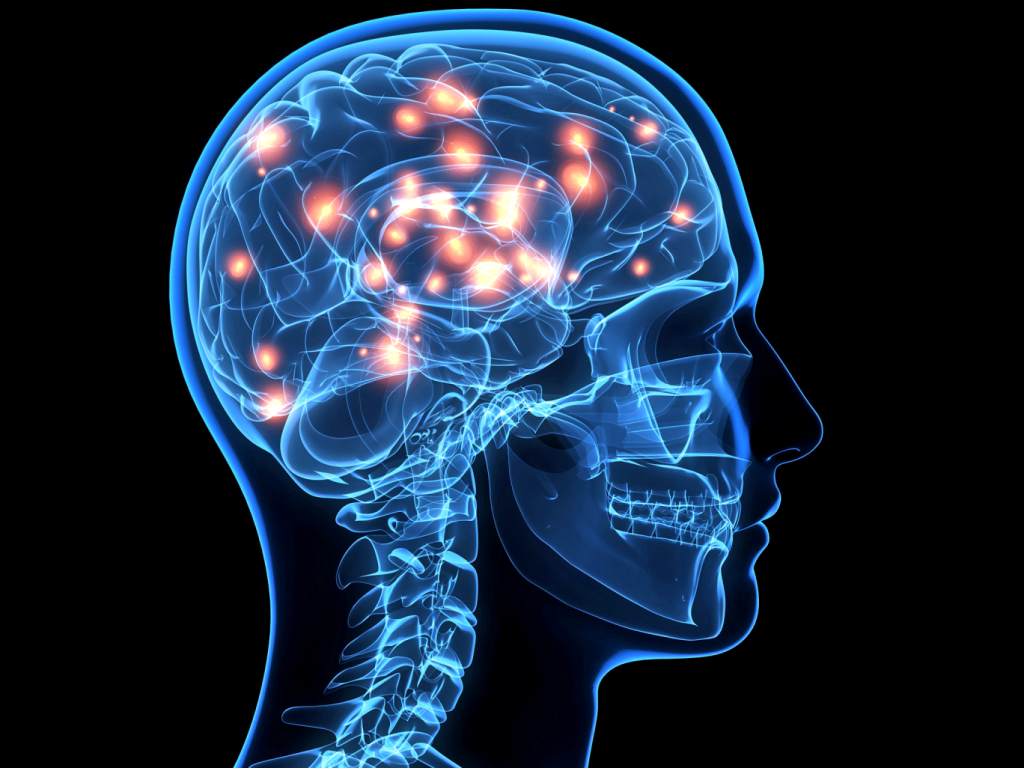Conscious thoughts operate at a slower pace than expected.
Others are reading now
The human brain is often seen as the most complex organ in the body, yet much of its functionality remains unexplored.
Despite decades of scientific inquiry, there is still much to learn about how it processes information and directs human behavior.
Recent research has provided surprising insights into the brain’s ability to process thoughts and how it compares to its sensory systems.
Also read
Conscious thoughts operate at a slower pace.
A study from the California Institute of Technology found that while the brain receives sensory input at a rate of over a billion bits per second, only 10 bits per second are actively used for conscious thought.
This discovery sheds light on how much information the brain filters out to focus on what matters most.
The researchers examined a wide range of human behaviors, such as reading, writing, solving puzzles, and playing video games, according to WP.
Their findings, published in Neuron, reveal that while our nervous system collects vast amounts of data, conscious thoughts operate at a deliberate and slower pace.
To provide context, a typical Wi-Fi network processes around 50 million bits per second.
In comparison, the brain’s 10 bits per second used for decision-making seem remarkably small.
Yet this deliberate processing speed is enough to navigate daily life effectively, as most environments do not require rapid responses to vast amounts of sensory data.
The researchers suggest that this limitation may have evolutionary roots.
Early organisms needed to make clear, singular decisions, such as moving toward food or away from predators.
This approach likely shaped the way human cognition works today, prioritizing clarity over speed.
This slower processing speed becomes evident in tasks requiring focus, like planning chess moves or imagining future scenarios.
The brain tends to explore one possibility at a time rather than analyzing multiple options simultaneously.
While this method ensures clarity, it also poses challenges for advancing technologies, such as brain-computer interfaces that aim to expand mental capacities.


